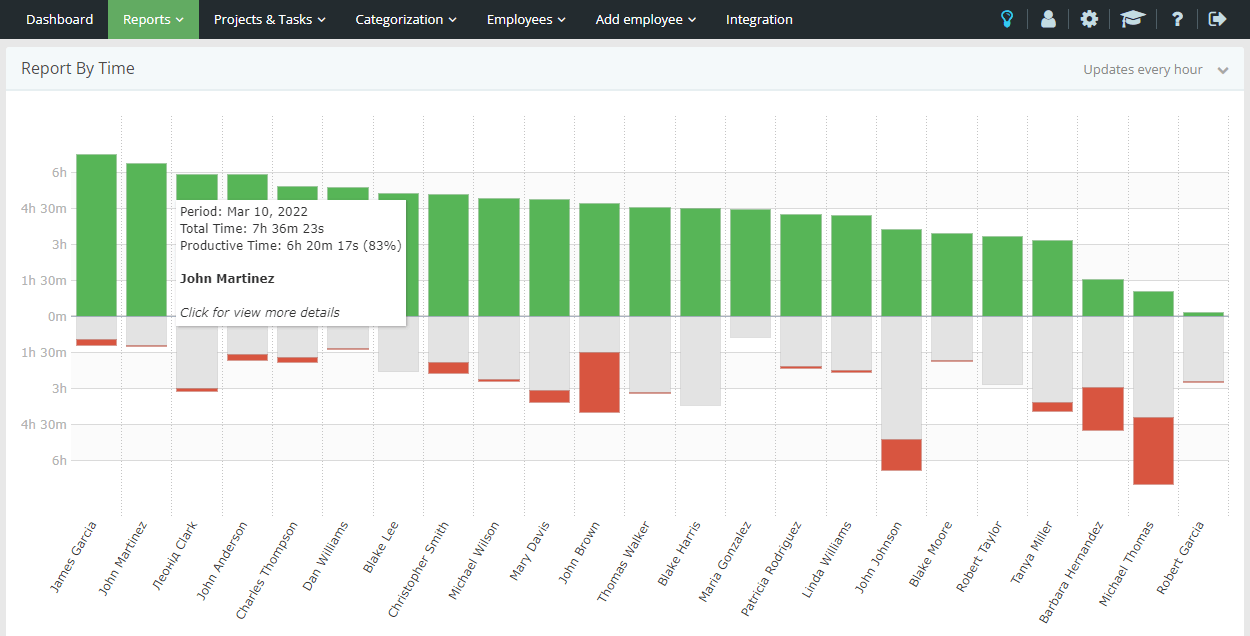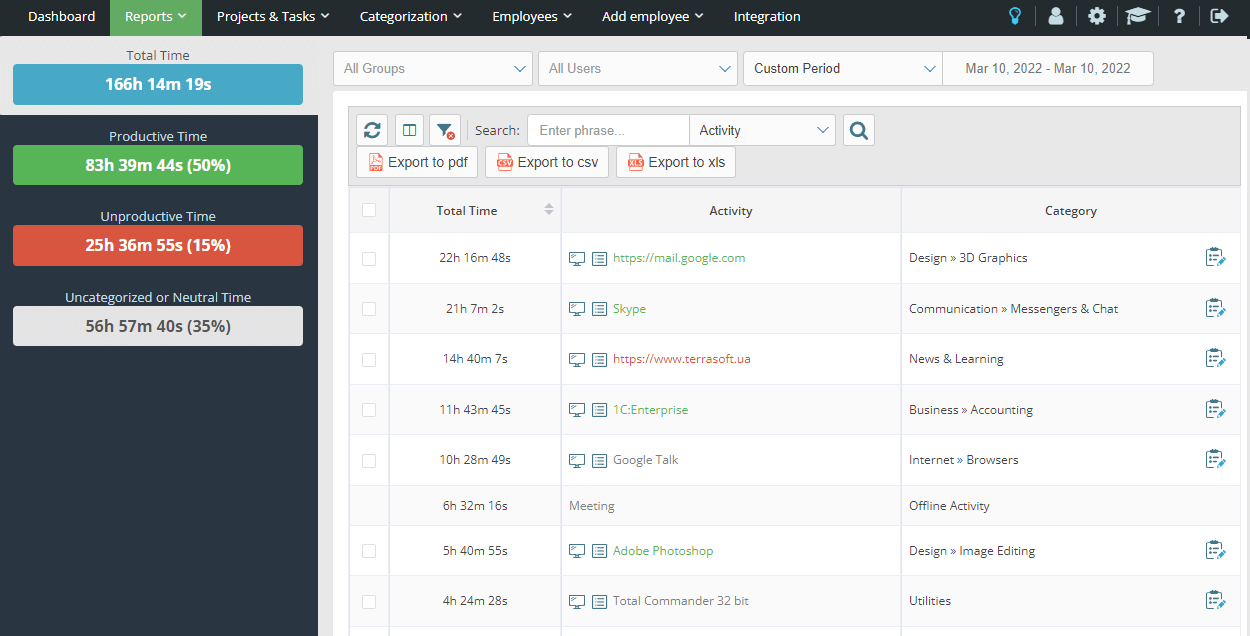The Role of Analytics in Workflow Optimization
Data-driven decision-making boosts business efficiency. Workflow analytics identifies inefficiencies and drives improvements. Many companies struggle with unstructured processes, wasting time and resources.

Analytics reveal operational bottlenecks, offering insights into task completion, productivity, and resource use. Automated tracking streamlines operations, helping managers detect redundancies and improve coordination. Analytics-driven strategies enhance productivity and reduce costs.
Key Benefits of Workflow Analytics
Workflow analytics improve resource allocation, ensuring effective use of time and tools. Data insights prevent disruptions by spotting inefficiencies early.
Performance monitoring offers metrics on employee engagement and task execution. Analytics also highlight automation opportunities, reducing manual work and boosting efficiency.
Essential Metrics for Workflow Optimization
- Cycle Time: Measures process duration to identify delays.
- Task Completion Rate: Shows productivity through completed tasks.
- Employee Utilization: Balances workloads to avoid burnout.
- Error Rate: Detects areas needing more training.
- Process Bottlenecks: Highlights operational barriers for refinement.
Tracking these metrics helps refine workflows and support sustainable growth.
Implementing Analytics for Workflow Improvement
A structured approach is vital. Identify key processes, choose analytical tools, and automate data collection to reduce errors. Analyze data, identify trends, and adjust strategies to align with business goals.

Steps to Effectively Use Workflow Analytics
- Identify Key Processes: Spot bottlenecks and inefficiencies.
- Select Monitoring Tools: Use reliable software for real-time data.
- Analyze Data: Evaluate trends and performance.
- Implement Adjustments: Refine workflows and automate tasks.
- Monitor and Refine: Regularly update strategies to maintain productivity.
A systematic approach ensures consistent improvements and better time management.
Choosing the Right Analytics Tools
Select cloud-based platforms with real-time monitoring and reporting. Advanced tools offer task tracking and employee efficiency insights, integrating seamlessly with existing systems. Features like dashboards and alerts keep teams updated on performance trends.
Enhancing Productivity Through Data-Driven Decisions
Workflow analytics eliminate redundant tasks and optimize resource use. Managers gain clear insights into time allocation and performance, enabling precise and effective workflow adjustments.
Leveraging Workflow Analytics for Sustainable Growth
Consistent use of workflow analytics promotes efficiency and stability. Advanced monitoring solutions improve strategic decisions, keeping businesses agile and competitive. Data-driven insights drive continuous improvement and long-term success.

